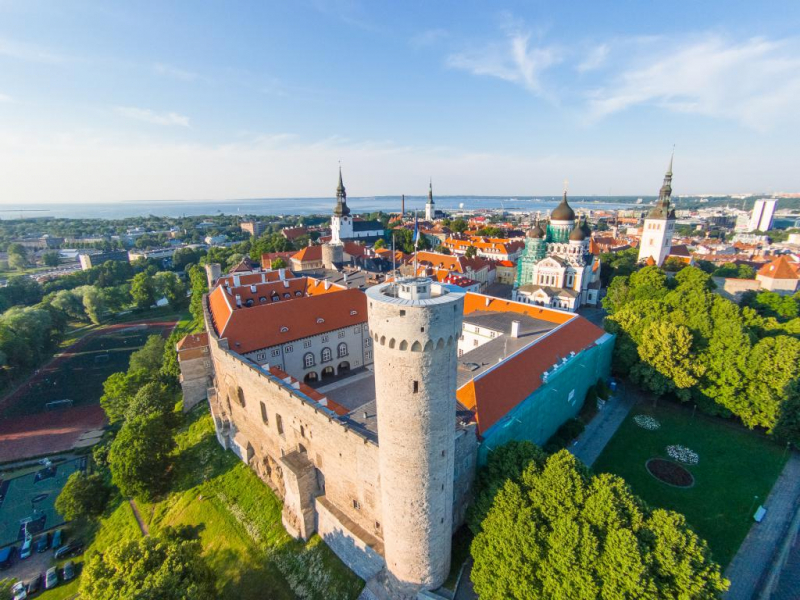Toompea Hill
Toompea Hill, in Tallinn, Estonia's capital city, stands between 20 and 30 meters taller than the city skyline and has grown in tandem with the fortunes of Estonia's monarchs. The mound atop the tomb of Kalev, a mythical heroic man in Finnish and Estonian tradition, was raised in his memory by his mourning wife, according to folklore. Residents of ancient Estonia are said to have erected the first fortification atop the hill in the 10th or 11th centuries. The fortified village from the late Iron Age was not continuously occupied but was utilized periodically to protect the harbor and its marketplace. The construction of the magnificent cathedral at the current location began in 1240. (albeit much changed). Toompea became the seat of provincial administration, clergy, and aristocracy in Northern Estonia during this time.
Northern Estonia was taken by the Swedish Empire in 1561 and remained such until Russia seized Tallinn in 1710 during the Great Northern War. Toompea, being a distinct town, was accorded special rights and privileges that lasted until 1889. The splendid church in front of the Toompea Palace was erected as a symbol of tsarist control and Russian domination during the period of Russification. It almost escaped destruction in the 1930s.
Today, Toompea is part of Tallinn's Old Town's UNESCO World Heritage status. Toompea is the administrative center of Estonia and the home of the Riigikogu (parliament), both of which are frequently referred to simply as 'Toompea.' Toompea Castle, on the southwestern part of the hill and topped by the Tall Hermann tower, is where the Riigikogu joins. There are various viewing platforms throughout Toompea that provide spectacular views of the city.
Location: Tallinn, Estonia











